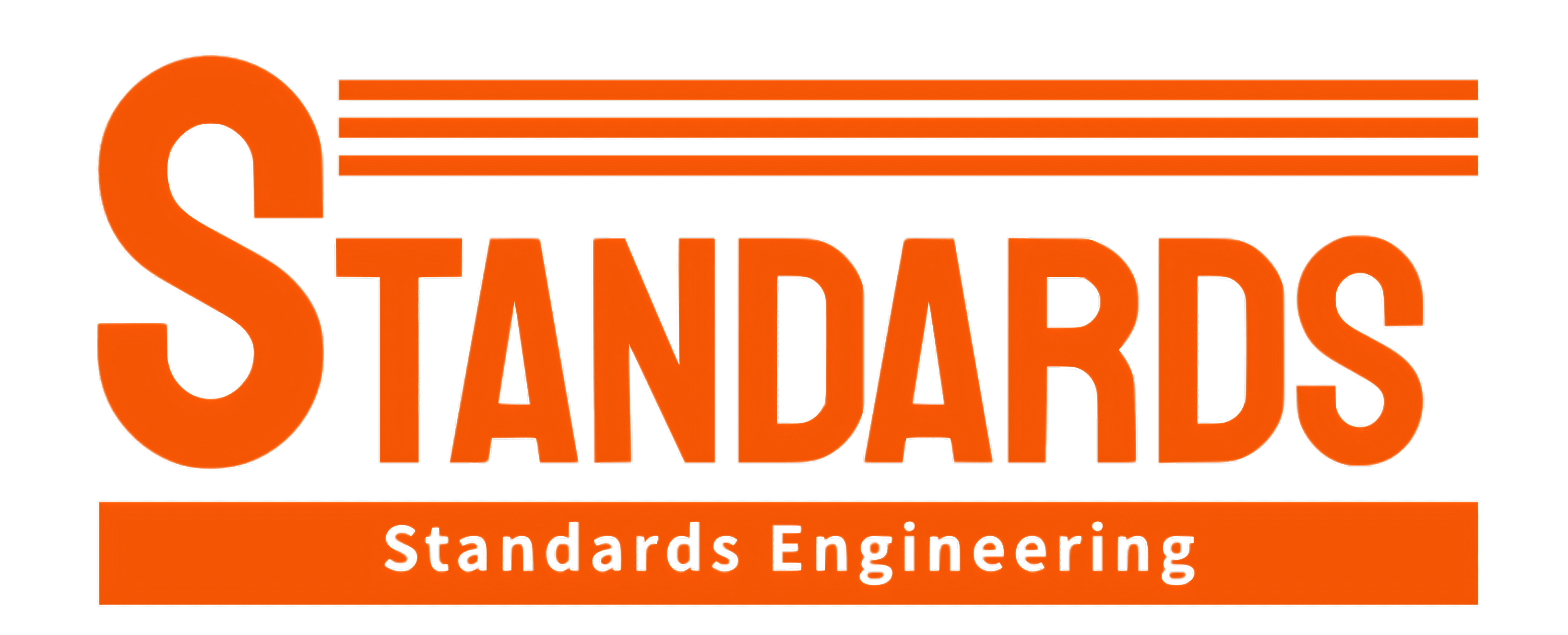IEC 61238-1 Ed. 2.0 b PDF
Availability:
In Stock
IN TAX $174.35
Compression and mechanical connectors for power cables for rated voltages up to 30 kV (Um = 36 kV) – Part 1: Test methods and requirements
| Published by | Publication Date | Number of Pages |
| IEC | 05/09/2003 | 115 |
IEC 61238-1 Ed. 2.0 b – Compression and mechanical connectors for power cables for rated voltages up to 30 kV (Um = 36 kV) – Part 1: Test methods and requirements
Applies to compression and mechanical connectors for power cables for rated voltages up to 30 kV (Um = 36 kV), e.g. buried cables or cables installed in buildings, having – conductors complying with IEC 60228 and IEC 60228A with cross-sectional areas 10 mm2 and greater for copper and 16 mm2 and greater for aluminium, – a maximum continuous conductor temperature not exceeding 90 °C. This standard is not applicable to connectors for overhead conductors, which are designed for special mechanical requirements, or to separable connectors with a sliding contact or multi-core connectors (i.e. ring connectors). Although it is not possible to define precisely the service conditions for all applications, two broad classes of connectors have been identified. Class A These are connectors intended for electricity distribution or industrial networks in which they can be subjected to short-circuits of relatively high intensity and duration. As a consequence, Class A connectors are suitable for the majority of applications. Class B These are connectors for networks in which overloads or short-circuits are rapidly cleared by the installed protective devices, e.g. fast-acting fuses. Depending on the application, the connectors are subjected to the following tests: Class A: heat cycle and short-circuit tests. Class B: heat cycle tests only. The object of this standard is to define the type test methods and requirements, which apply to compression and mechanical connectors for power cables with copper or aluminium conductors. Formerly, approval for such products has been achieved on the basis of national standards and specifications and/or the demonstration of satisfactory service performance. The publication of this IEC standard does not invalidate existing approvals. However, products approved according to these earlier standards or specifications cannot claim approval to this IEC standard unless specifically tested to it.After they have been made, these tests need not be repeated unless changes are made in the connector material, design or manufacturing process which might affect the performance characteristics. Significant technical changes with respect to the previous edition are as follows: – The scope is now restricted to connectors to be used on power cables for rated voltages up to 30 kV (Um = 36 kV); – The concept of direct measurement of resistance has been introduced as an alternative to the indirect measurement, with associated tolerances; – Temperature limits have been given for insulation piercing connectors, depending on the type of cable insulation; – For short-circuit tests, tolerances have been given on the duration and recommendations have been given for large cross-sections; – Some approval criteria have been revised and harmonized between mechanical connectors and compression connectors; – The information to be included in the test report has been added; – Informative annexes have been added, with information on measuring accuracy, the calcul-ation method, the temperature profile and the statistical method.
Worldwide Standards PDF © 2024








Reviews (0)